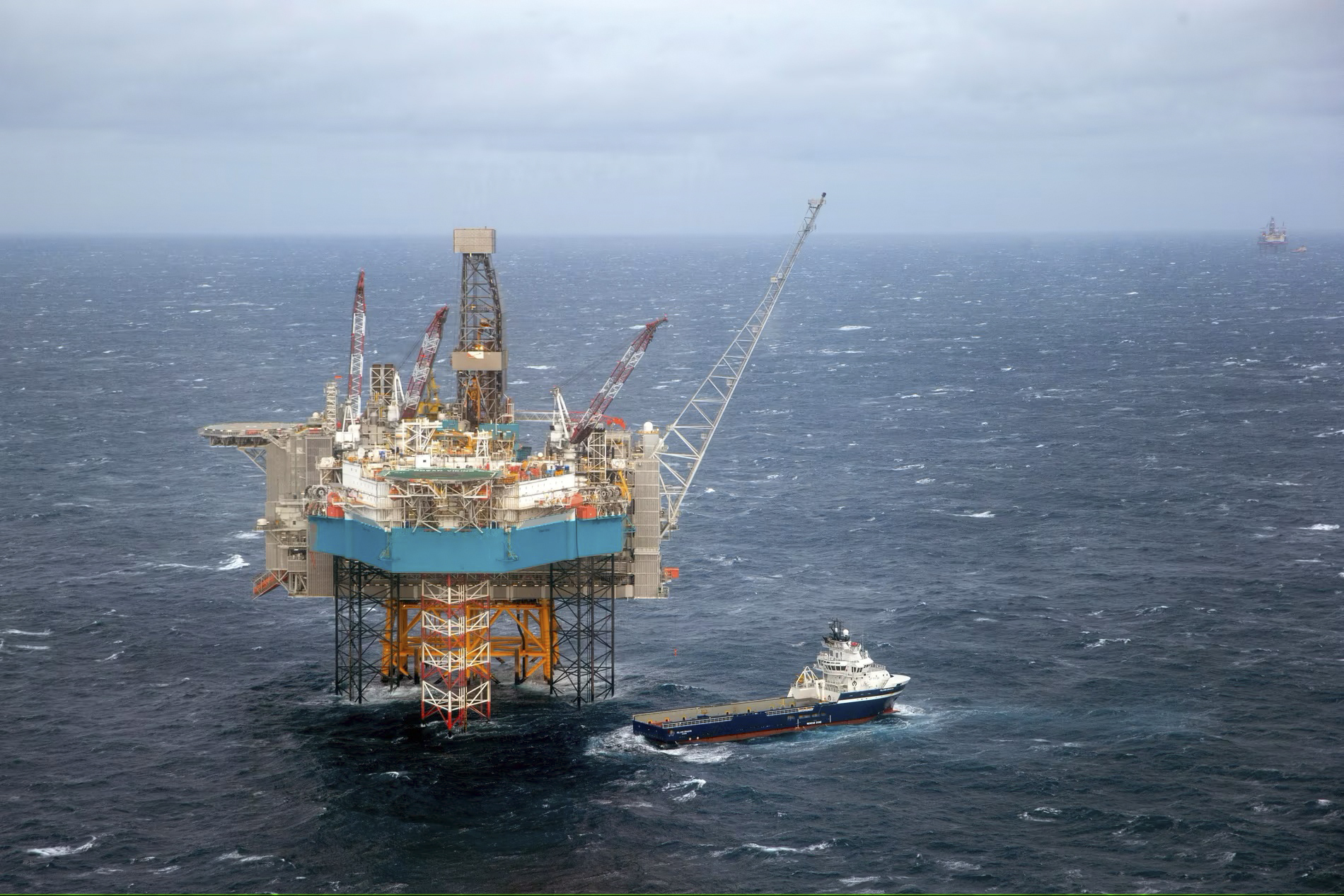Energy markets breathe in sync with the tit-for-tat between the United States and China. The U.S. leads the international trade of crude oil and liquefied natural gas (LNG), and the Asian powerhouse is the world's largest buyer of both fuels. Therefore, the escalating tariff war that de facto makes commercial exchange between Washington and Beijing unviable is shaking up the global energy order, including maritime flows. Ships loaded with gas made in America have started seeking alternatives to Asia, with all eyes turning to Europe, which has also entered spring with storage levels at a minimum.
The Dutch TTF index, the main European reference for LNG prices, the gas transported frozen by ship, has plummeted by almost 40% since the crossfire began between Donald Trump and Xi Jinping just two months ago. Specifically, since February 10, when the Chinese tariffs of up to 15% on U.S. products such as gas, oil, and coal came into effect. Since April 1, the eve of Liberation Day, when the U.S. president announced his particular tariff formula, the TTF has accumulated a 19% decrease. On the oil side, the Brent barrel has fallen by over 18% since the Republican leader took office on January 20, although in addition to the Trump effect, this decline has also been influenced by the recent decision by OPEC and Russia to open the floodgates of oil starting in May.
In addition to being the world's leading LNG exporter, Washington is also the world's top oil producer with 19.63 million barrels per day. Similarly, Beijing, in addition to being the world's largest LNG buyer, is the world's top oil importer, with over 11 million barrels per day. In the eyes of energy traders, the suspension of the White House's reciprocal 90-day tariffs changes nothing. Neither the foreseeable halt in U.S. fuel acquisition by China, one of its best customers, nor the risk of a global economic recession threatening to reduce fuel demand, which would lead to an oversupply situation.
More than the White House's ultraprotectionism, it is China's reaction that has surprised the market and is disrupting energy price curves. "China's reaction was unexpected because it is highly dependent on foreign fuel," explains Pedro Antonio Merino, Director of Studies and Chief Economist at Repsol. Internationally, the tariff war has heightened fears of a fuel oversupply. Just yesterday, the International Energy Agency (IEA), the energy arm of the OECD, cut its oil consumption forecast for this year by a third due to the impact of the trade war.
"China has responded to U.S. tariffs with significant barriers, and as a result, the LNG that could naturally reach the Asian continent is becoming more available to other places," explains Raúl Yunta, President of Mibgas, the Iberian gas market. "The gas that doesn't enter China due to tariffs will head to Europe," specifies Merino.
It has been days since the market assumed that a wave of U.S. LNG will flood the European continent. Partly because at this time of year, the only place to store unsold gas from the cold months is the European Union, where Brussels continues to require the Twenty-Seven to enter winter with reserves at 90%.
Historically, international gas purchase and sale contracts included take or pay clauses that penalized either party for changing supply terms or prohibited the resale of fuel to third countries. "These are practices that are prohibited in the EU, but they existed, although there are increasingly more short-term contracts with more flexible formulas," explains Yunta, who affirms that this growing flexibility in purchase agreements would be facilitating the redirection to Europe of the product that China is no longer buying due to tariffs.
It is no coincidence that EU gas storage levels have risen from an average filling level of 33.56% at the end of March, after depleting reserves at an accelerated pace this winter, to now stand at 35.6%. The flow has stopped decreasing, now it is rising.
There is a seasonal effect resulting in a decrease in gas and oil prices as temperatures moderate, but this has been compounded by fears of an economic recession. As pointed out by Óscar Barrero, Energy Partner at PwC Spain: "The market fears that the trade war will affect the global economy and, consequently, energy demand and prices. In addition, Trump's policy aims to double U.S. gas production capacity, which puts pressure on the international gas market."
Since the EU's split from Russia, the U.S. has emerged as one of the main energy allies of the Twenty-Seven. In 2024, it supplied 45% of the LNG imported by the EU. In fact, Brussels started 2025 with the expectation of increased gas demand by ship after factoring in the end of Russian fuel flow through Ukraine, and thanks to the imminent increase in export capacity from the U.S., Qatar, or Australia.
Washington also began the year with good prospects. As an example, the multinational Cheniere, a gas giant based in Houston, Texas, highlighted in its latest annual results presentation that in 2024 its LNG exports set a record, with 646 shipments, and confirmed to investors its intention to break this record again in 2025. The U.S. Department of Energy's own forecasts have quantified Trump's drill, baby, drill mantra: it predicts that gross exports of domestic LNG will increase by 19% this year and another 15% by 2026.
Despite the improvement in gas prices in the European market, which is now much more competitive than the Asian market, the energy romance between Washington and the EU faces, on one hand, investor and industry hesitation until the tariff picture becomes clear. This threatens to numb demand. On the other hand, the new scenario of mutual distrust could disrupt the forecasts of both economic blocs. "The United States could become the main energy supplier to the European Union. We will see how it fits into Washington's tariff policy against Europe," reflects the PwC partner.
